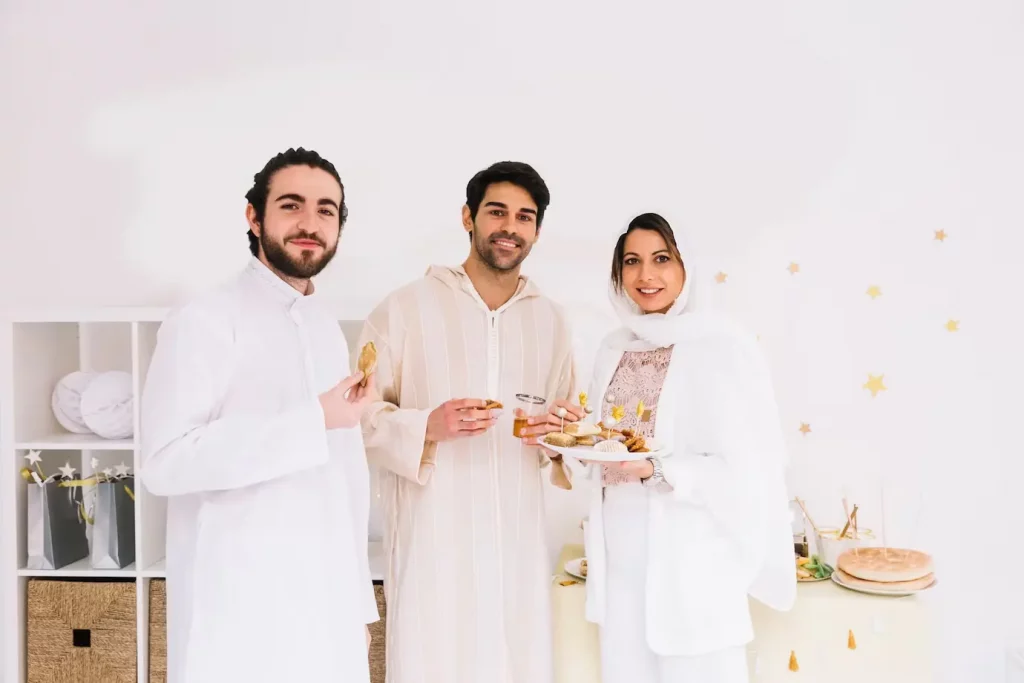What is a Thawb?
Table of Contents
Toggle
Thawb, Thobe Or Jubbah?
A Thawb, Thobe or Jubbah, also termed as a dishdasha or kandura is an ankle length arab garment, usually with long sleeves similar to that of a robe or a kaftan. A sirwal or trousers is typically worn underneath.
Colour
The truth is, there is no significance to the different colours you see in a Thawb, except for personal style and choice. White, by far, is the favourite colour. Arab men tend to wear white or lighter silky feel colours in the summer months, as it is the coolest to wear in the hot desert heat. The winter months sees a rise in the darker colours such as black or brown, usually made in thicker materials such as cotton or viscose.
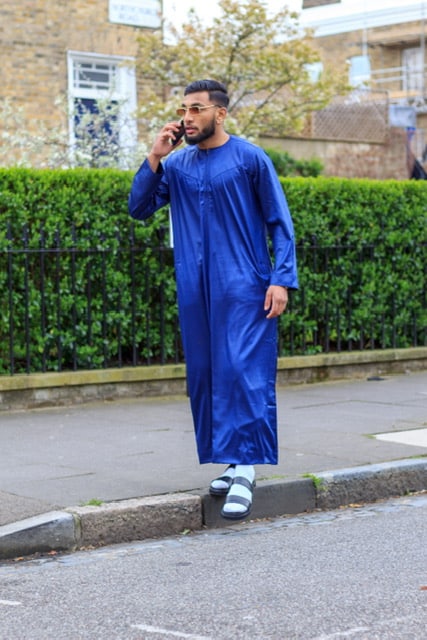
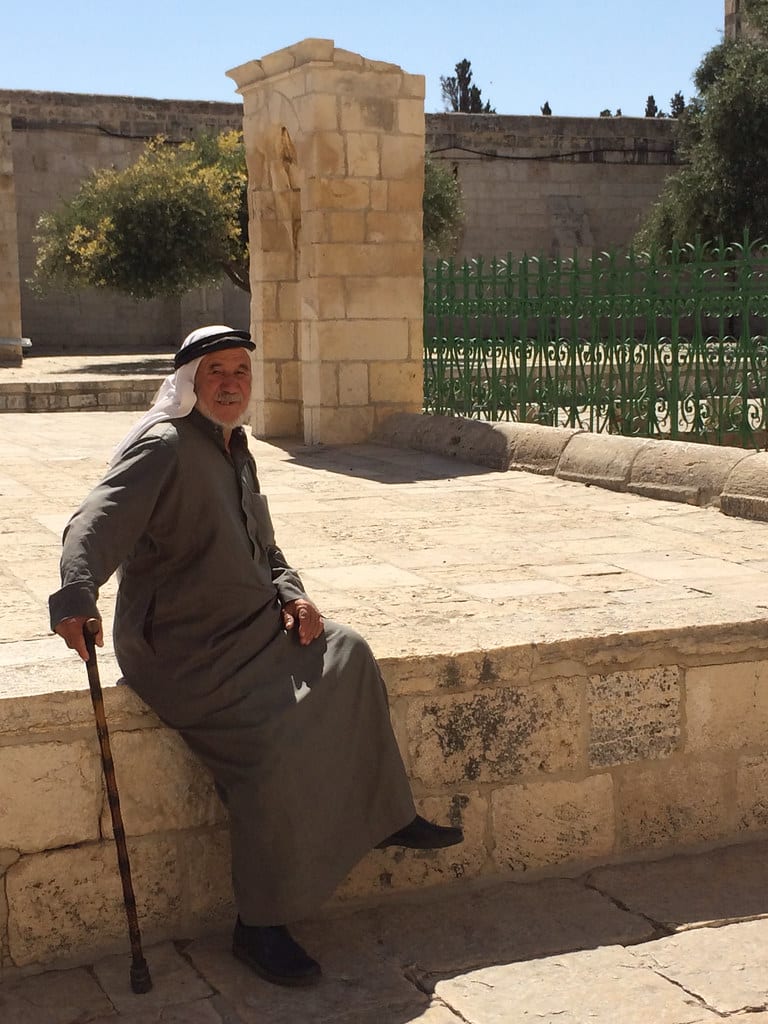


It is a common misunderstanding that white is worn on formal occasions. Although white is the most popular colour, it is concerning personal preferences.

Style
As every country has its own tradition, similarly it is the tradition of the arabs to wear a thawb. The style varies throughout the different regions of the arab world with each having their unique definition of it. The main indicator is seen when paying close attention to the neck and the sleeves.
Here are a few examples:
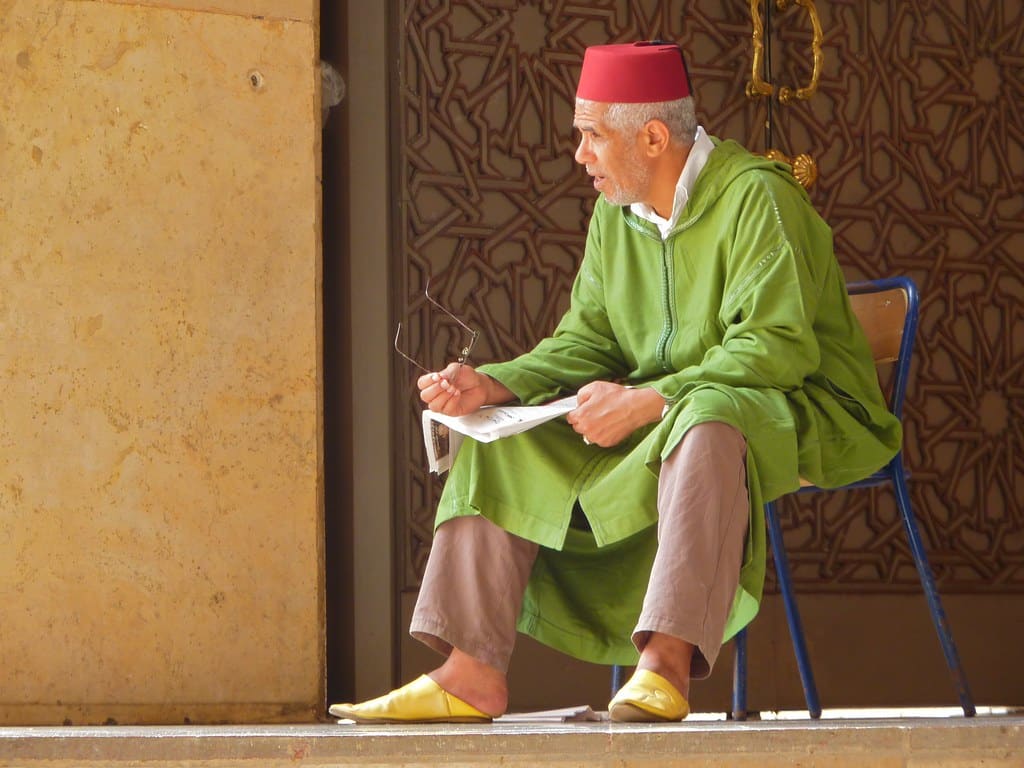
Moroccan Jalabiya or Djellaba
Man in Morocco wearing the djellabah.
Moroccan jalabiya or djellaba is a traditional garment worn by men and women in Morocco and other North African countries. It is a loose-fitting, ankle-length robe with long sleeves, typically made of lightweight fabric such as cotton or linen.
The sleeves tend to be wide and comfortable with the neck being open allowing breathable space. Qob is a baggy hood at the back of the djellabah that comes to a point. It is used as a protection against rains and sands of the desert, while being used as a pocket where bread can be put during the warm weather.
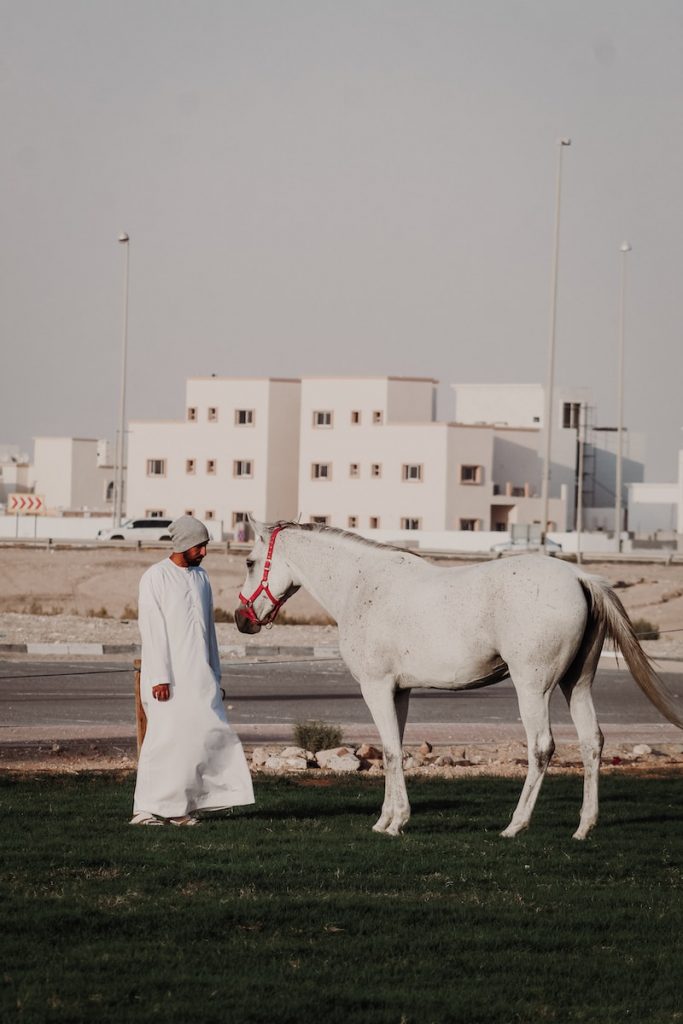
Kandura
A kandura, also known as a dishdasha, thawb, or thobe, is a traditional garment worn by men in many Arab countries, particularly in the Arabian Peninsul
In UAE, the kandura has no collar and is indicated by the long loose tassel hanging from the neck. Matching embroidery is seen along the neck and the sleeves.
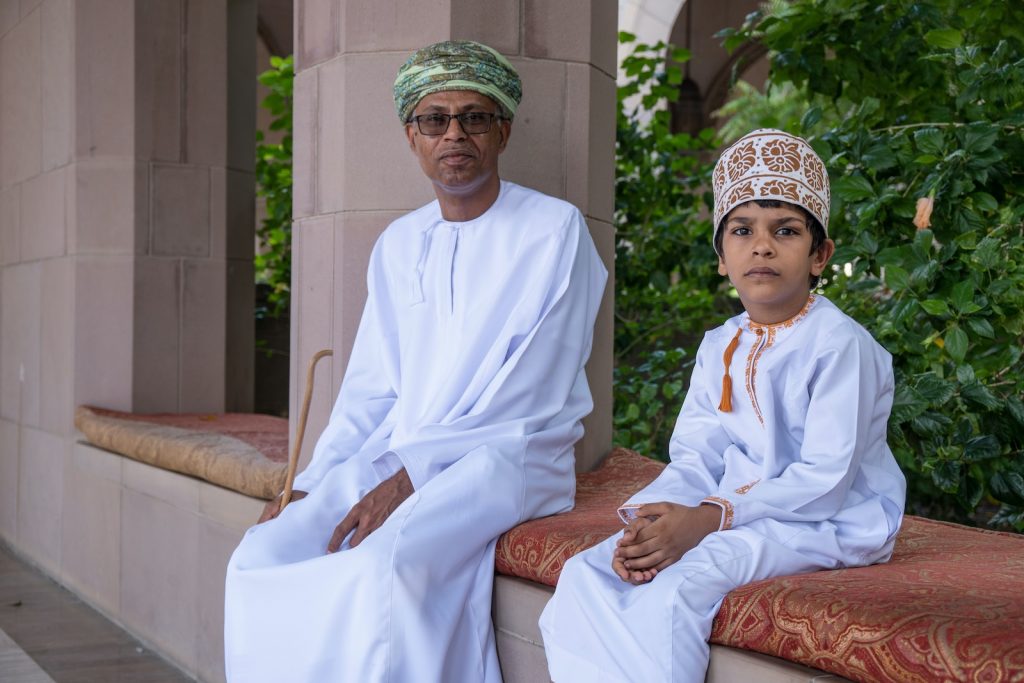
Omani Kandura
Omani kandura resembles to that of the emirati, except that it has a shorter tassel to the side of the neckline.
An Omani kandura, also known as an Omani dishdasha or Omani thobe, is a traditional garment worn by men in Oman. It is a variation of the kandura, which is commonly worn in many Arab countries. The Omani kandura has its own distinct features and style.
One notable feature of the Omani kandura is the ornate embroidery and embellishments. The front of the kandura is often adorned with intricate designs, typically stitched in gold or silver thread. These embroideries may include patterns, motifs, or geometric designs that reflect Omani culture and heritage.
The Omani kandura is usually worn with a head covering called a mussar, which is a long, rectangular cloth wrapped around the head.
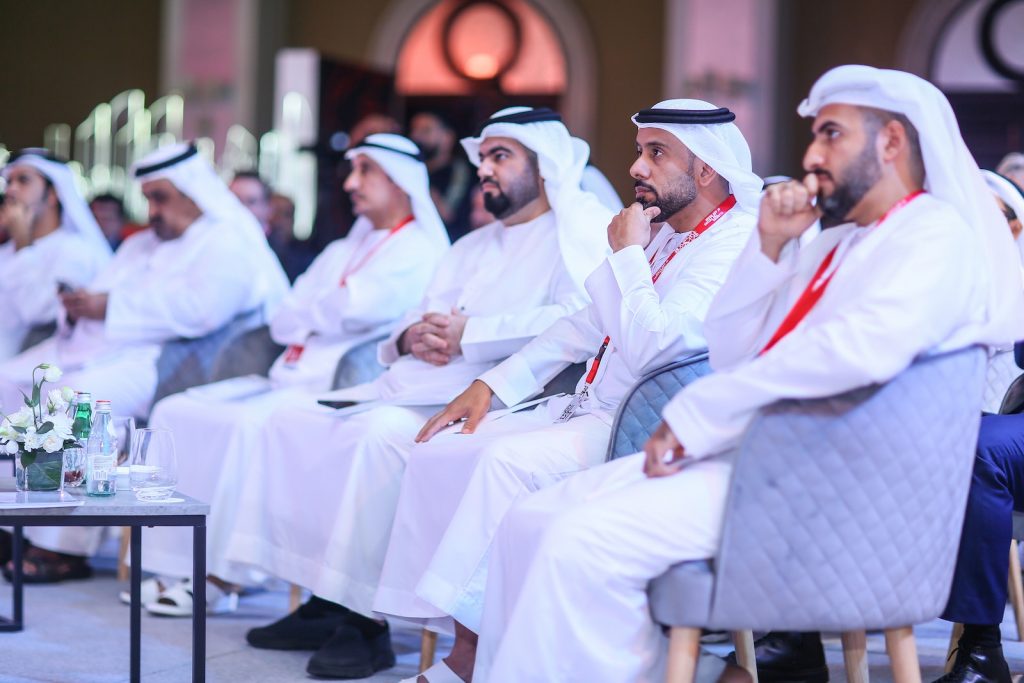
Saudi Dishdasha
The Dishdasha in Saudi Arabia are typically a tighter fit than the neighbouring gulf countries. The Saudi thawb appear like a shirt featuring a two-button collar and shirtsleeves made for cufflinks.
The design of the Saudi dishdasha is known for its simplicity. It is often plain without any intricate embroidery or embellishments. The dishdasha features a round collar and may have a front placket with buttons running down the chest. The sleeves are typically loose and wide.
The Saudi dishdasha is usually worn with a head covering called a ghutra or shemagh. The ghutra is a square-shaped scarf made of cotton or similar material and is traditionally worn folded and placed on the head. It is often held in place by an agal, a black cord or rope worn on top of the ghutra.

Qatari Thawb
The Qatari Thawb is commonly made out of a shiny fabric. They have a band collar together with a shirt pocket.
The collar of the Qatari thawb is typically high and stiff, known as the mandoos. It is often starched or reinforced to maintain its shape and add a touch of elegance to the garment.
The Qatari thawb is usually worn with a head covering called a ghitra or shemagh. The ghitra is a square-shaped scarf made of cotton or similar material, which is folded and worn on the head. It is often held in place by an agal, a black cord or rope worn on top of the ghitra.
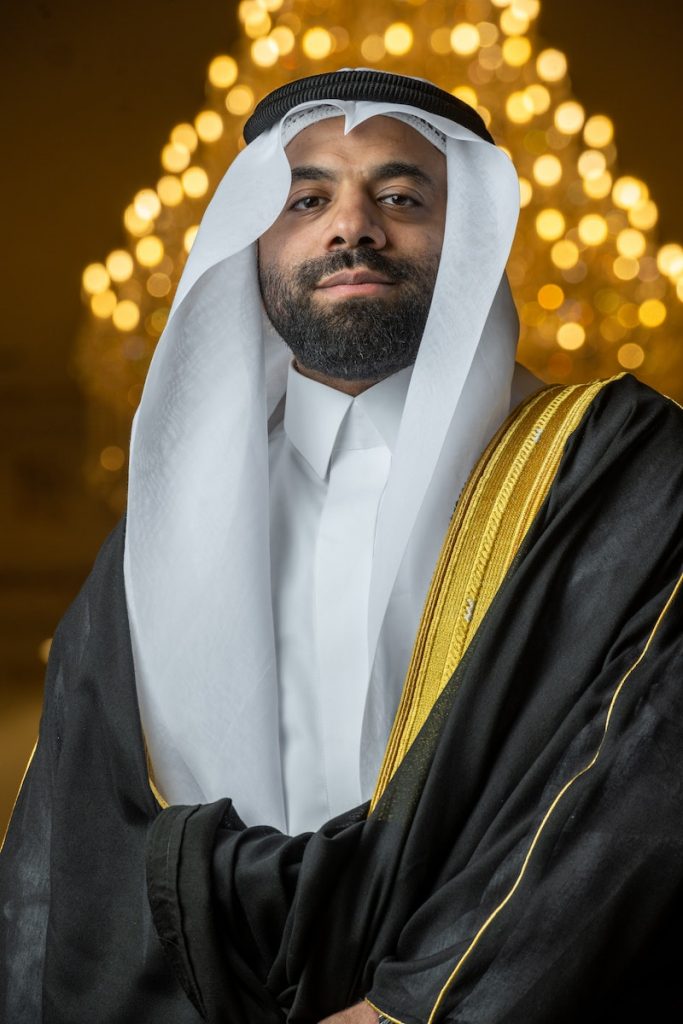
Bisht
A thawb is sometimes worn with a bisht, meaning outer cloak. A bisht is usually worn for prestige on special occasions such as weddings/eid or for the friday jumuah prayers . It may also be worn by men of status, royalty, wealth or sometimes a religious position.
The bisht is often adorned with intricate embroidery, particularly along the edges, cuffs, and front opening. The embroidery is usually done in gold or silver thread, and the patterns can range from elaborate floral motifs to geometric designs. The embroidery adds a touch of opulence and serves as a symbol of prestige and wealth.
The bisht is commonly worn on special occasions, such as weddings, religious festivals, and formal events.
Modestly in Islam
We often refer to women when it comes to the subject of dressing modestly in Islam. However, what many don’t know is that rules apply to both men and women. For that reason, men in the gulf countries wear the traditional Islamic clothing that is modest and unrevealing.
It is common for arab men to wear their Thawb with pride. You will barely ever see a guy walking around with a stain on his thawb or creases on his jubbah. This is how well they maintain their pristine glory.
Today, we see a growth in the Thawb industry. The Thawb has never gone out of fashion. It is a timeless piece with its elegance being preserved through history. Men’s Jubba have travelled to the UK too. They are advertised as men’s clothing for the modern day muslim male. Everyone loves the stylish look about the thawb.
We see traditional attire being reinvented with a contemporary edge for the modern generation. Everyone loves to see an updated Thawb.
The chance to feel traditional and stylish at the same time was once storybook. Now, we can live it.
Sources
- Images from FreePik, Unsplash, Openverse, Pixabay, Pexels
